U-create Creativity amid Crisis: Agenda + Speakers day 1 (November 23rd, 2020)
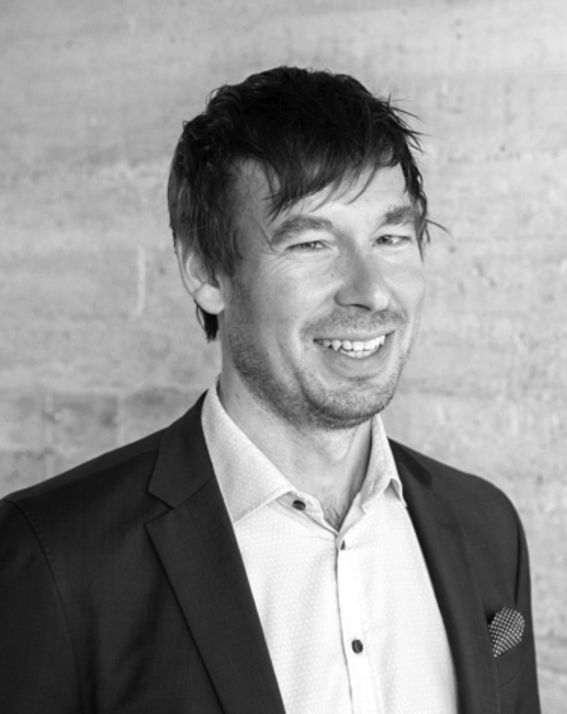
10:00 Welcome words by Arts and Creative Practices team
10:10 Opening by Petri Suomala
Professor Petri Suomala is Vice President for Education at Aalto University as of September 2018. Chair of Aalto’s Learning Steering Group which prepares, coordinates, monitors and follows up joint strategic and operative issues in education and learning. Before Aalto, Prof. Suomala held the same position at Tampere University of Technology, where he steered the development of educational offerings within the merger process of three universities in Tampere region.
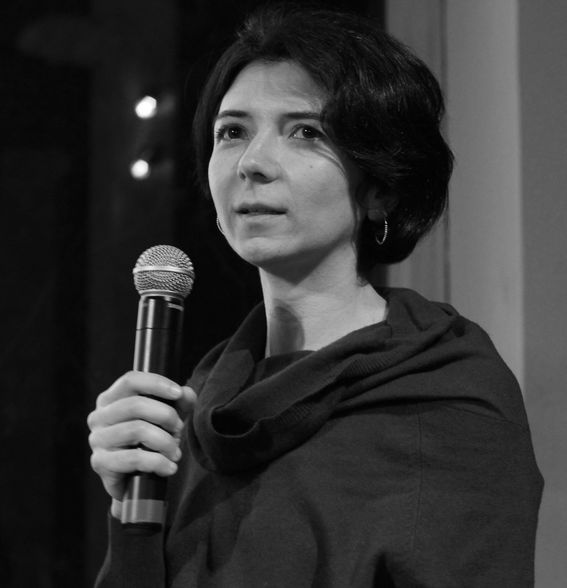
10:25 Keynote: Joana Ozorio de Almeida Meroz (Vrije Universiteit Amsterdam)
More-than-Human Design Creativities in the Anthropocene
Since around 2000, the disciplines of design culture and design history have broadened the traditional notion of design from autonomous aesthetic object to all artificial artefacts and processes. Doing so implies understanding design exclusively in terms of humans: as human-made artefacts/processes (design) that embody and result from our fabricated social worlds (culture). However, the current age of the Anthropocene, whereby humans have become a new ‘force of nature’ fundamentally transforming the Earth, throws into question the tenability of the dichotomies between human/nonhuman, artificial/innate, culture/nature underpinning the notion of design as the artificial. This lecture considers emergent more-than-human approaches to creating design, as discipline and practice, in the Anthropocene.
Joana Ozorio de Almeida Meroz is assistant professor at the Design Cultures department and coordinator of the Design track of the Media, Art, Design and Architecture (MKDA) BA of the Vrije Universiteit Amsterdam. Her research bridges design history, the environmental humanities, and public policy research. She is interested in how environments and materials intersect with different regimes of meaning to enable certain artefacts and narratives about design to be created, collected, preserved, displayed and circulated, while disabling others from doing so.
11:00 FLASH TALKS: 10min talks by Aalto teachers from the different Schools
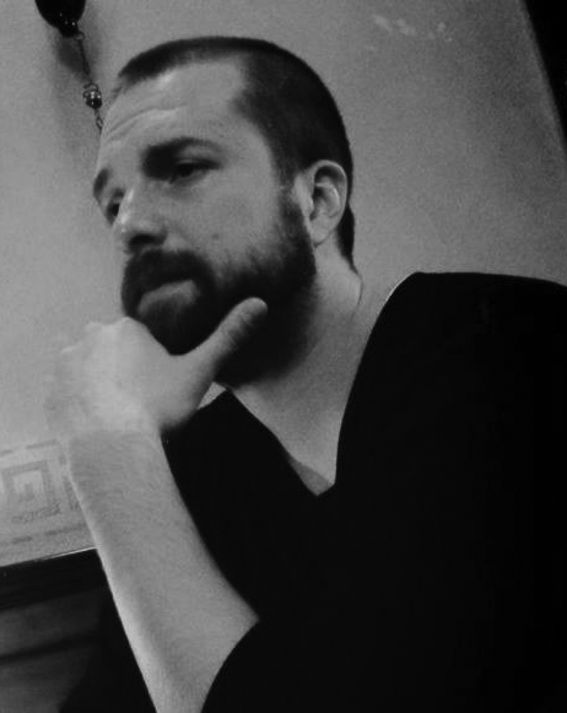
11:00 Henri Weijo (BIZ)
Teaching Creativity Has Probably Made Me a Luddite
When I started teaching creativity at my previous university appointment, I figured it would be a fun way to expose students to some of my theoretical passions and some of the more valuable lessons from my pre-academic career. I have found teaching creativity incredibly rewarding—probably more rewarding than any other topic I have taught at the business school. But in recent years, I have noticed that my teaching has taken a darker tone of sorts. I have noticed that contemporary societies present a social environment where creativity becomes increasingly precarious: increasing digital distractions, a decline in manual skill-building in hobbies and education, and a sharp decline in empathy thanks to social media and political polarization. This talk reflects some of my feelings about these developments and offers a few modest proposals to remedy the situation.
Henri Weijo is an assistant professor at Aalto University’s marketing department. His most recent and most impactful research has focused on consumer creativity, particularly in the context of political consumption. He has been teaching and developing a course called Creativity in Marketing since 2015.
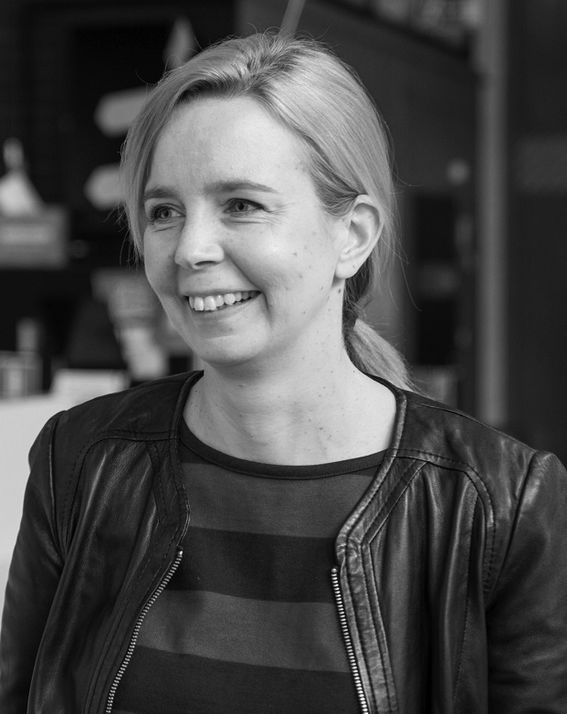
11:10 Katja Hölttä-Otto (ENG)
Mechanisms of Creativity
In product development, creativity is usually in form of a creativity method, often called ”brainstorming”. Some people really like creativity methods and others find them restricting, and there is no one method that is preferred over all. We were interested in learning more to help us teach and better understand how to be creative, how to help a person stuck in their ideation. We looked up all the creativity methods we can find and studied what they consist of. We found that all 72 well-documented methods we found are made up of 25 so-called creativity mechanisms. We now use these mechanisms as means to explain how to foster creativity and how there are different approaches for different people, teams and problems. The mechanism have a physical representation which is designed to further support creativity.
Katja Hölttä-Otto is an associate professor of Product Development at Design Factory, Aalto School of Engineering. Senni Kirjavainen is a doctoral researcher at the Design Factory. Both research, among other topics, creativity, and specifically creativity in education and organizations.
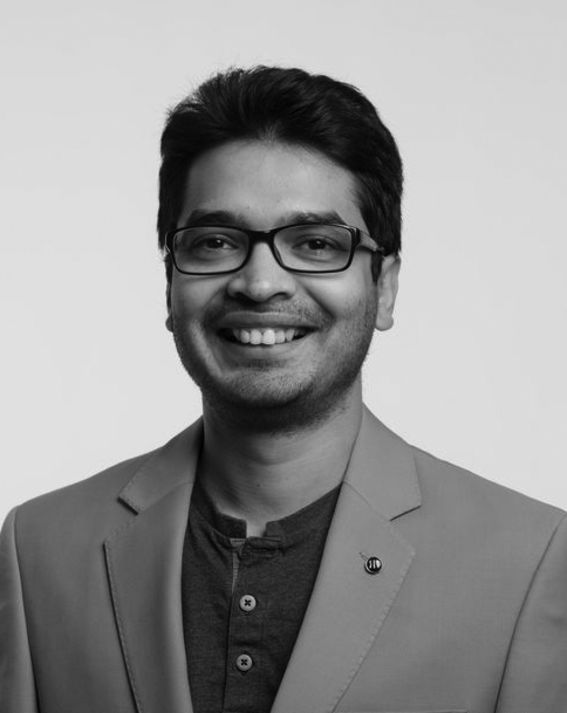
11:20 Kushagra Bhatnagar (BIZ)
Creativity as Cultural Critique: Using Critical Theory to Teach Creativity
In almost no other sphere of professional life is an individual/group/collective/corporation asked to be more creative than in Marketing. Especially as you can’t just sell a product/service/idea/startup by calling it Endgame/Volume 2.0/X.Y or just insert a semicolon at the end of the main franchise brand and invent your own suffix. Oh, wait a minute…I am typing this on my iPhone X or whatever and you, dear reader, may be reading it on your Macbook Pro 201X edition (where X is preferably a number greater than 8). So clearly that ship has sailed. But so what if I know and understand the franchiseability of contemporary creativity and am able to see past the hype. What can I know or teach about creativity in a world that doesn’t seem to value it anymore. But that’s only half the truth. The fuller picture is that creativity has become another taken-for-granted thing and come to be equated with its outcomes rather than its process.In this talk, I want to highlight where creativity comes from and not what it is judged upon. In my view, creativity comes from anger and dissatisfaction, from peeling apart the taken-for-granted-ness of the world, from lifting up the seams of the dress and showing the socially-constructed man-made nature of the world all around us. Once you figure what you or someone else is angry about, that’s the beginnings of the creative process right there. I want to highlight the importance of critical thinking, of standing on the shoulders of the great social theorists of our time and using them, as they encourage us, to build a more creative and thus more liveable world.
Kushagra Bhatnagar is anAssistant Professor at the department of Marketing. His research focuses on the paradoxical interactions of customers and service workers and on the way contemporary consumers creatively repurpose online spaces to their benefit.
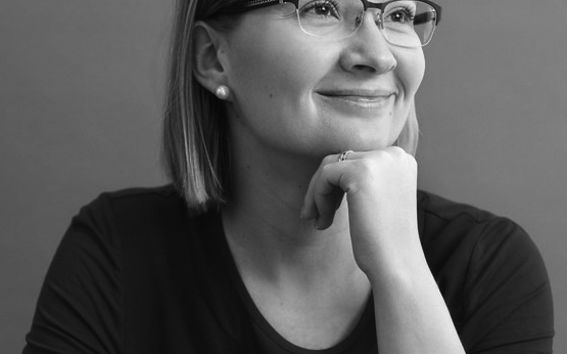
11:30 Tua Björklund & Senni Kirjavainen (ENG)
The human side of responsible creativity
If you have an ill-defined problem to solve, you need creativity, whether you are in technology, business or design. Responsibility in creativity is by no means a new revelation, with for example Victor Papanek advocating already in the 1980s tha creators need to take responsibility for what they put in the world. Our own strategy for sustainable change, as well as the international call for sustainable choices and codes of ethics for creative professionals (e.g. Monteiro, 2019) highlights the acute need for incorporating responsibility to creativity. However, much of education still focuses on creativity on either individual expression or innovation for profit. Yet how problems are defined and solved are statements on what and who we notice, and what and who we privilege at the expense of whom. While tradeoffs are often unavoidable, being aware of these becomes the first step for responsible creativity. We encourage teachers to bring in discussion on inclusion and exclusion in creative problem solving, with tools found in for example systems thinking and design thinking on how these can be made visible. We share experiences from a pilot done in a master’s level engineering course, Mechanical Engineering in Society, on how students can be taught to take sustainability, ethics and collaboration into account in scoping innovation projects.
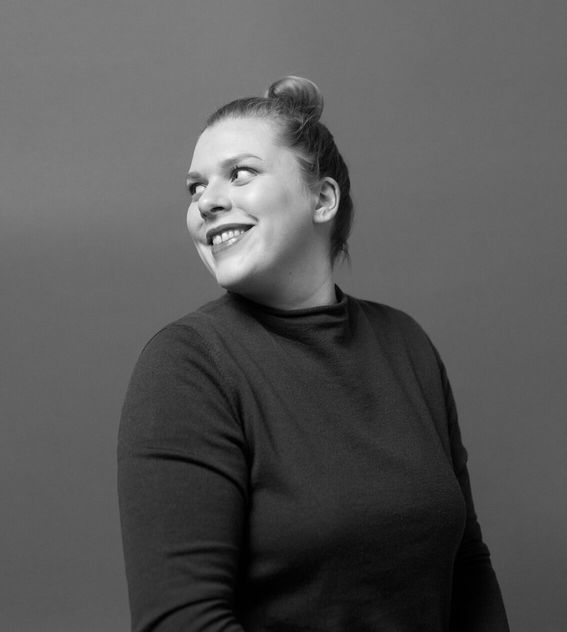
Tua Björklund is one of the co-founders of Aalto Design Factory, an interdisciplinary experimentation platform in Aalto University and 30 institutions abroad. She’s a professor of practice in the School of Engineering, and teaches human-centered design and design thinking. Tua leads a multidisciplinary research team investigating co-creation in organizations, with projects focusing on design-driven change, collaborative experiments in entrepreneurship and creative networks in universities.
Senni Kirjavainen is a doctoral researcher leaping from industrial and strategic design to product development. She teaches design thinking and creativity in various contexts and her research focuses on enhancing and supporting creativity and design practices in product development be it services or physical products.
11:40h Flash talk answers from chat questions (20min)
12:00h LUNCH BREAK
AFTERNOON SESSION
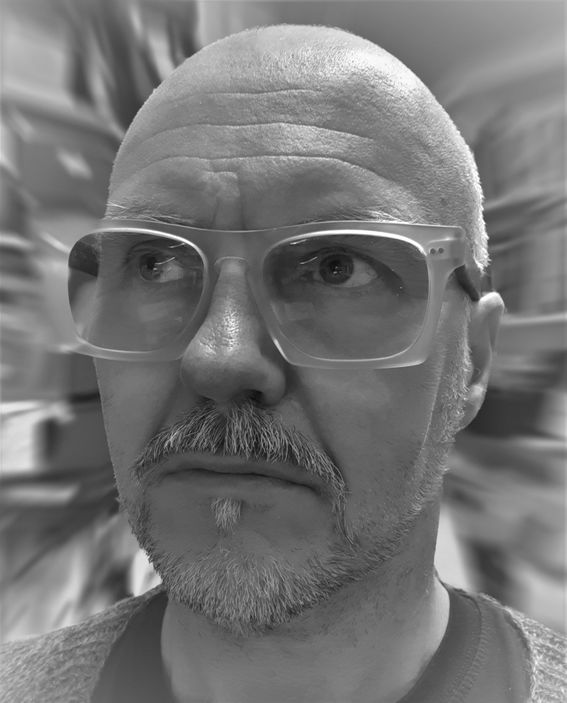
13:00 Keynote: Andy Best (Aalto University)
All My Idols Are Dead And Enemies In Power: Recipes for Radical Creativity in an Age of Crisis
We live in an age of increasing uncertainty – uncertainty in truth, uncertainty in the future. Facts that have been regarded as “common knowledge” are now dismissed by large sections of our societies as propaganda or “fake news”. How can students, who come to university to learn skills and become professionals, navigate their way through this maze of dis-information to become the “game changers”, when the game has certainly changed already? Confronting challenging subject matter through artistic methods has the power to unlock students’ creativity and allow them to find routes to personal growth and understanding that would otherwise stay unfulfilled. In this talk I present a selection of projects that I believe show how radical creativity is alive and well.
Andy Best is an artist, researcher, and educator. He works at Aalto University as a lecturer in sculpture and has exhibited and presented internationally together with his partner Merja Puustinen, with whom he has collaborated for 25 years. They were the first recipients of the Finnish State Prize for Media Art in 1999. His research interests include social empowerment through artistic projects in public space, as well as using artistic methods to investigate and draw attention to the ecological crisis in the Baltic Sea. To this end, he has recently started the Imagining Godzilla artist residency network platform together with the Bioart Society. Andy is on the board of the Finnish Association of Sculptors and curates and organizes the OBJEKTI exhibition of contemporary art in Espoo each summer.
13:40 FLASH TALKS: 10min talks by Aalto teachers from the different Schools
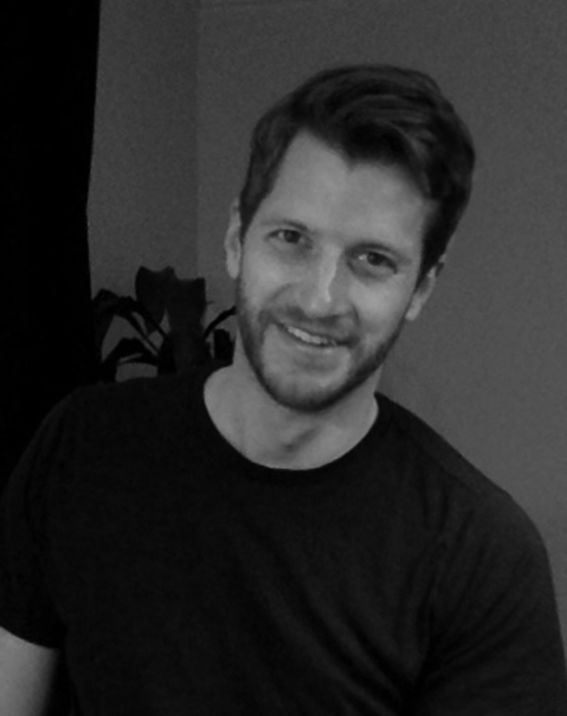
13:40 Tim Smith (ARTS)
Teaching Toward Reframing Creative Economy in the Arts
This 10 minute presentation will ask what art education might look like if the conventional notions of the creative economy framework of innovation, productivity, and outcome is reframed to privilege destruction, impossibility, and failure. It argues that the conventional notion of creative process in such a knowledge economy is a fiction, pre-determined in capitalist terms in relation to what is measurably innovative. Such a perspective traps creativity within the territory of capital. Entangled within the neo-liberal framework of innovation and productivity, creativity is thus presented as a something that can be reproduced, understood, and taught. As such, creativity is promoted as a truth that is inherently conservative in its repetition. Such a foundation gives a clear definition of creativity as fitting into a predetermined, grounded territory of what we should do to be creative. Following Gilles Deleuze’s radical reframing of creativity and learning, this presentation proposes a concept of creativity that captures forces of intensity rather than reproducing predetermined forms. In this sense, the economy of creativity is imperceptible, fluid, and unfinished. It is driven by the destruction of creativity as a territory of capital, and the emergence of creativity as what Deleuze calls “a set of impossibilities”. As such, the principles outlined in this presentation propose a new creative economy in art education that privileges learning as the creation of problems rather than the determination of outcomes, and embraces failure as a paradoxical catalyst for flights from the repetition of the same.
Timothy Smith is an artist, educator and postdoctoral researcher in the Department of Art. His pedagogy and research is grounded in critical methodologies and social justice, particularly through the lenses of critical posthumanism and disability studies. His art practice likewise focuses on these themes through painting and digital image/video installation works.
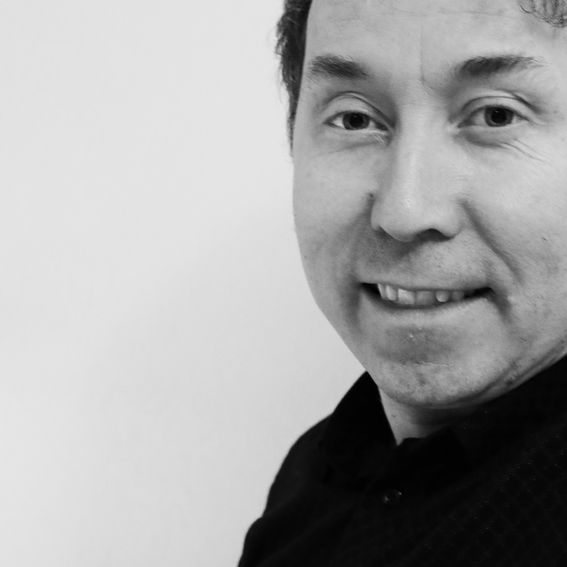
13:50 Tomi Kauppinen (SCI)
Learning about information visualization via exploring and creativity
In this talk I am happy to share my experiences of teaching information visualization in a very explorative manner. In the course we make use of online examples, tools and articles and then have seven (7) intensive face to face sessions in creative spaces to discuss and work together, mainly at the Design Factory or Learning Centre. Thus the course builds on the idea of flipped classroom and blended learning ideas. The idea is to learn to support information usability by exploring and finding interesting stories from datasets in visual ways. Our focus is on the process-thinking, thus starting from sparse datasets and to understand the tasks for iteratively making sense of data. For the course I have also recorded short podcasts on information visualization, publicly available via soundcloud. The podcasts are about four important aspects for creating information visualizations: stories, time, space and theme. Learners (around 30 to 50 students) in the course have typically diverse backgrounds, ranging from arts and digital media to computer science and information networks or geoinformatics. I have also very much used the great experiences from my infoviz course in many ways when leading Aalto Online Learning since 2016.
Tomi Kauppinen is a docent of media technology and project leader of Aalto Online Learning at Aalto University. His passion is to create, study and teach information visualization, spatial thinking, cognitive systems/artificial intelligence & online/blended learning design. With his background in startups before a calling to academia, he aspires to bring an entrepreneurial mindset and lean and agile creativity to all of his projects and teaching.
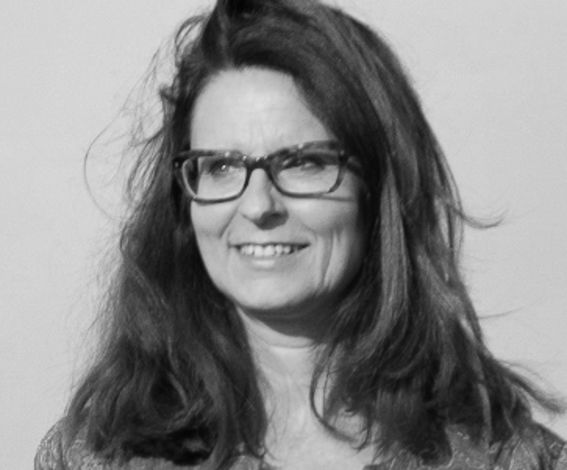
14:00h Patrizia Hongisto (BIZ)
How many boundaries does creativity need?
“We can’t, it is too creative, it turns out to be illegal”. “Creativity only flows, when you drop the boundaries”. “How’s this creative, it is just a voice over”.
When we speak of creativity, when we set out with the intention of being creative, when we guide others in creativity, we bounce against boundaries. For some creativity focuses on breaking those boundaries. For some boundaries are absolutely vital. I will address this discrepancy with the aid of the above claims about creative states. My aim is to explore boundaries in order for our creativity not to be lost in space, rather to be caught, and reflected. Creativity as an act of production and consumption, renegotiating boundaries.
Patrizia Hongisto is a PhD candidate at Aalto University BIZ school. She has served as Chair of Department at Middle East University, Beirut, Lebanon and is currently international board member of the initiative Rethinking Lebanon. She also had a central role in developing and implementing business and innovation strategies for both urban and rural regions in Finland as a practitioner, marketing consultant, and researcher. While pursuing research, Patrizia has mostly been fascinated about action research and the creativity it requires.
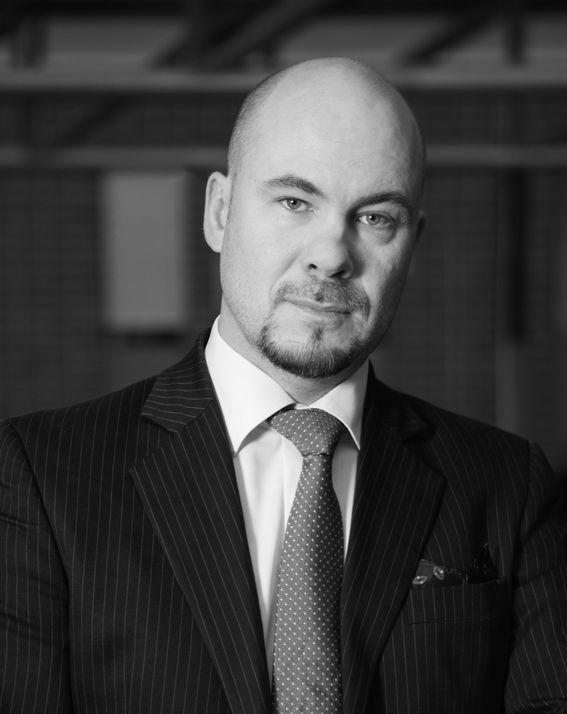
14:10 Jaan Praks (ELEC)
Creating Space Missions with Students
Space is an endless source of inspiration. What could be more exciting than creating a space mission together with your students. Designing a space mission can be a fun game with highschool students or serious exercise with hard boiled professionals. A space mission can be also a way to learn about the facts and reality of space, other planets and our own home. How to land on an asteroid? Can we use parachutes on the moon? Why satellites are not dropping to earth after they die? How much forest is left in the Amazon? I use space missions to teach space technology on several different levels. However, to create a mission which is really flying and delivering results, years of hard work and vast amount of technical knowledge is needed to make the creativity truly “fly”.
Jaan Praks is Dr. S. Aalto University, leader of Aalto Space Technology and Microwave Remote Sensing research group. During his career he has participated in numerous remote sensing projects and measurement campaigns, instrument developments and led the development of Aalto-1, Aalto-2, Aalto-3 and Foresail nanosatellites. From his research projects have started many New Space and Earth Observation start-up companies in Finland. He is active in many scientific organizations and popular public speaker on space technology and Earth Observation topics. Areas of expertise: Team building, team management, team communication, reviews and schedules. Idea development and brainstorming. Space legislation. Presenting and selling ideas. Remote sensing, microwave remote sensing, remote sensing of forest and land cover. Remote sensing applications and markets. Available remote sensing satellites and technologies. Small satellites, small satellite constellations, small satellite payloads, small satellite capabilities. Small satellite market, satellite platforms, launch prices, technology development projects.
14:20h Flash talk answers from chat questions (20min)
14:40h CLOSING THE DAY / words by ACP team
14:45h END OF THE FIRST DAY






